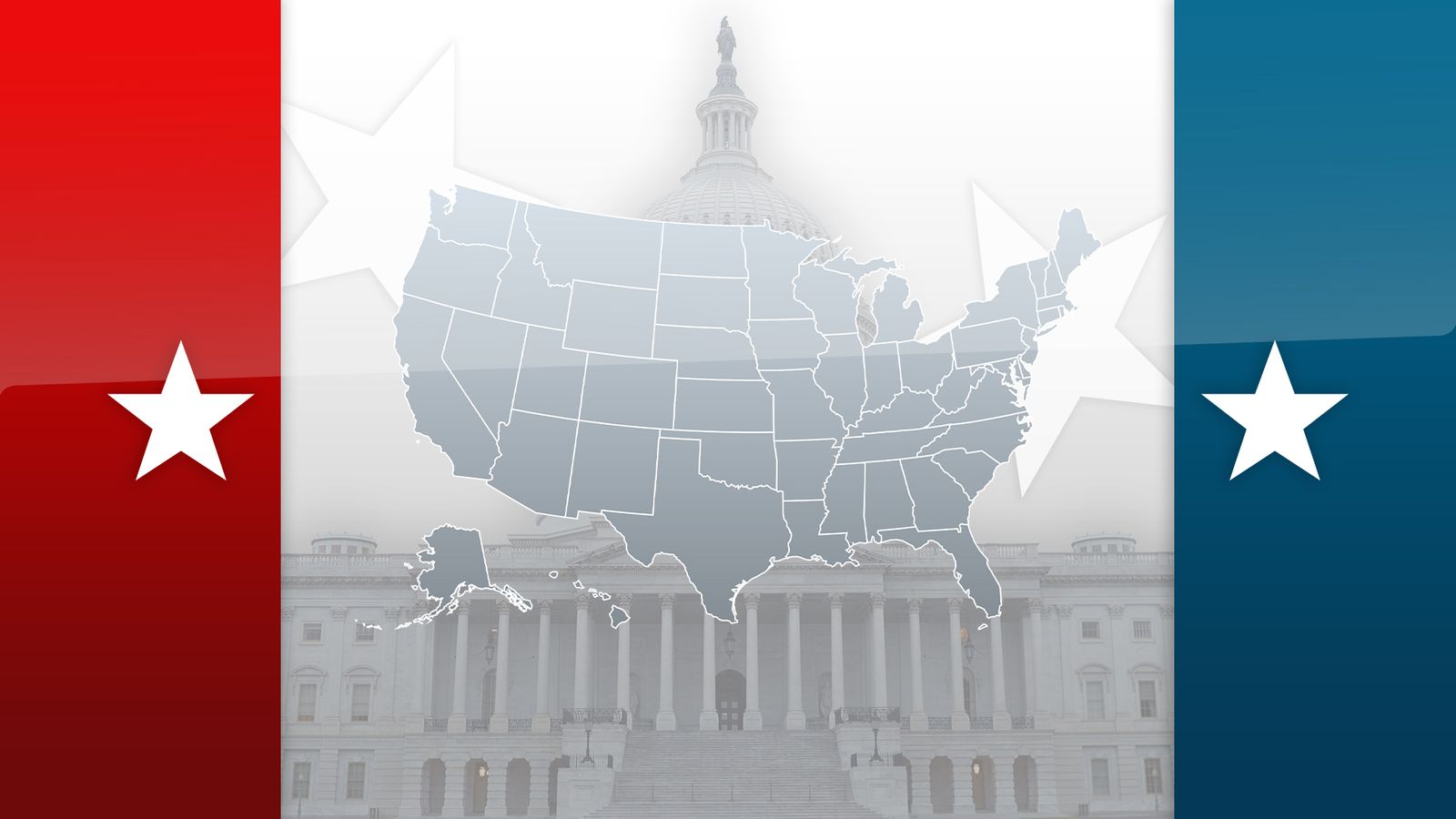Results have been coming in all night and our live maps and charts are continuing to update, showing the progress of both races.
When we started it seemed like the Democrats were likely to lose both the Senate and the House. Now, it looks like they could end up losing neither.
The latest estimate from NBC News has the Republicans winning 219 House seats compared with the Democrats’ 216, meaning they would still take control but with much less authority than the 40+ gains anticipated by some pollsters.
A margin for error is attached to that estimate as well, so what it truly means is that either party could still win.
And after the Democrats gained Pennsylvania’s Senate seat that race is also very much in the balance, with just a handful of states left to declare.
There has been the odd notable gain for the Republicans in certain seats, for example Jen Kiggans defeating January 6 investigator Elaine Luria in Virginia’s battleground 2nd district.
But much of the picture is muddied by the redistricting that has taken place since the 2020 election. Many of the seats listed as ‘gains’ are new districts entirely or representing geographies almost unrecognisable to ones they’ve replaced.
These gains, for both parties although benefiting the Republicans overall, don’t necessarily reflect the shifting of Americans’ political preferences but the adjustment of the American political map.
What is the House of Representatives and how are seats allocated?
Although the map above looks fairly well soaked-through in Republican red, that too can be misleading.
Each seat has a similar population to each other, but some are much smaller than others geographically. Usually that’s in city areas where there’s a denser population.
This map shows each district as the same size as each other, which can give a better sense of the balance of power across the country.
The race for the Senate
The balance of power in the Senate was always expected to be poised more delicately than the House, and with just five seats left to declare we’re not much closer to working out who will come out on top.
The Democrats made a potentially crucial gain in Pennsylvania, but are still battling tight defences in Nevada and Georgia which could turn the Senate to the Republicans. They only needed to make one gain in this election overall to take control.
The Democrat challenge in Wisconsin, a state won by Mr Biden in 2020, also appears to be closer than expected.
Including those seats which weren’t up for election this year, this is how the balance of the Senate will look until the 2024 election.
Why aren’t all states having elections?
What does this mean for Donald Trump?
The former president is yet to officially announce his intention to run for election again but is still the bookies’ favourite to win in 2024.
Although he is less prominent on social media these days he certainly hasn’t shied away from politics. Over the course of the campaign for these midterm elections he has issued endorsements to 174 of the 430 Republican candidates in the House, and tens more for would-be Republican Senators, Governors and Secretaries-of-State.
But initial results suggest that may have backfired. Republican House candidates backed by Mr Trump have actually performed worse than those who weren’t.
The Republican vote share in areas with a Trump-backed candidate has increased by 1.8 percentage points compared to the 2020 election.
That’s far less than the 6.9 percentage point increase in areas where the local Republican candidate had no such endorsement.
Those endorsements, prized weapons in Republican primaries of recent months, appear to have proven less helpful in winning over Democrats and independent voters.
The difference is most striking in Democrat-held seats, but even in Republican areas Trump-endorsed candidates have fared relatively poorly.
This analysis is based on early results from fewer than half of counties, so may not be representative of the final outcome but at least give us a glimpse of how things are going.
What does this election mean for America?
After the 2020 election it was the first time since Barack Obama’s first term that both chambers of Congress and the presidency had been in Democratic hands.
It is much easier for a president or a party to enact their policies if all three are held by the same party.
If Joe Biden’s Democrats lose control of one or both chambers they will lose the ability to set the agenda on the big issues dividing the country, things like gun control, the economy, abortion, immigration, and climate change.
The president’s parties do typically lose seats at the midterms – 28 on average – although the Democrats will of course be hoping to buck that trend as George W Bush last did in 2002, a year on from 9/11.
President Biden’s approval ratings have been at a historic low however, which made that look unlikely.
The Republicans needed to gain five seats from the 2020 result to take the House, and just one for the Senate.
Credits:
Reporters – Daniel Dunford and Ben van der Merwe
Lead data engineer – Przemyslaw Pluta
